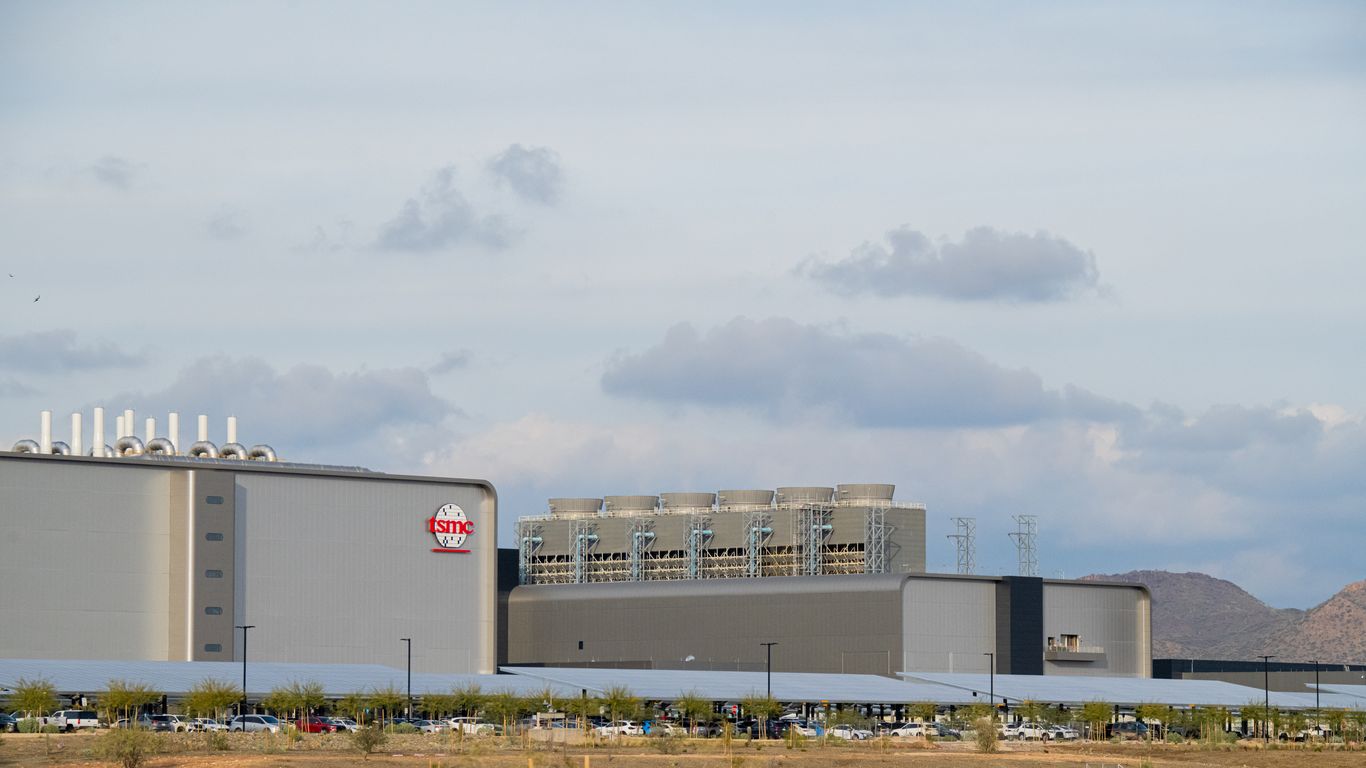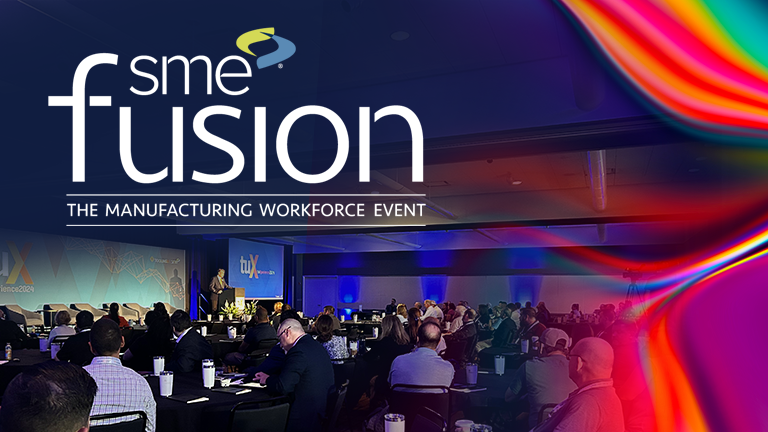Manufacturing Slump: Japan's Industrial Pulse Weakens to Multi-Year Low
Manufacturing
2025-03-24 00:35:21Content

Japan's manufacturing sector showed signs of continued contraction in March 2025, as the Au Jibun Bank Manufacturing Purchasing Managers' Index (PMI) slipped to 48.3, down from 49.0 in the previous month. The latest figure fell short of market expectations, which had anticipated a modest reading of 49.2.
The decline represents the weakest performance in factory activity since March 2024, with businesses reporting more pronounced drops in both production and new orders. This persistent softness suggests ongoing challenges in Japan's industrial landscape, potentially reflecting broader economic headwinds such as global supply chain disruptions, reduced consumer demand, or structural shifts in manufacturing.
Economists and industry analysts will be closely monitoring future PMI readings to gauge whether this represents a temporary setback or a more prolonged trend of manufacturing contraction in the world's third-largest economy.
Japan's Manufacturing Sector Stumbles: A Deep Dive into Economic Challenges
In the intricate landscape of global economic dynamics, Japan's manufacturing sector finds itself at a critical crossroads, grappling with unprecedented challenges that signal deeper structural transformations in the world's third-largest economy.Decoding the Manufacturing Malaise: When Precision Meets Economic Uncertainty
The Unfolding Manufacturing Narrative
Japan's industrial ecosystem has long been celebrated for its technological prowess and precision engineering. However, recent economic indicators paint a nuanced picture of struggle and adaptation. The Au Jibun Bank Manufacturing Purchasing Managers' Index (PMI) has descended to 48.3 in March 2025, marking a significant contraction that reverberates through the nation's economic corridors. This decline represents more than a mere statistical fluctuation. It embodies the complex interplay of global supply chain disruptions, technological shifts, and the lingering economic aftershocks of recent global events. Manufacturers are experiencing a multifaceted challenge that demands strategic recalibration and innovative problem-solving.Technological Disruption and Industrial Resilience
The manufacturing landscape is undergoing a profound metamorphosis. Traditional production models are being challenged by emerging technologies, automation, and the inexorable march of digital transformation. Japanese industries, historically known for their adaptability, are now confronting a critical juncture where innovation becomes not just an advantage, but a survival imperative. Robotics, artificial intelligence, and advanced manufacturing techniques are no longer futuristic concepts but immediate necessities. Companies are being compelled to reimagine their operational frameworks, investing heavily in research and development to maintain their competitive edge in an increasingly volatile global market.Economic Implications and Global Context
The PMI's descent below the critical 50-point threshold signals contraction, a warning sign that resonates far beyond Japan's borders. This indicator serves as a barometer for industrial health, reflecting broader economic sentiments and potential recessionary pressures. International trade dynamics, geopolitical tensions, and the ongoing recalibration of global supply chains contribute to this complex economic narrative. Japanese manufacturers are navigating a labyrinth of challenges, from semiconductor shortages to fluctuating raw material costs and intricate international trade regulations.Strategic Adaptation and Future Outlook
Resilience emerges as the defining characteristic of Japan's industrial strategy. Companies are not merely responding to challenges but proactively reimagining their operational paradigms. Investments in sustainable technologies, digital infrastructure, and workforce reskilling are becoming central to survival and growth. The current manufacturing landscape demands a holistic approach that integrates technological innovation, human capital development, and agile strategic planning. Japanese corporations are demonstrating remarkable adaptability, transforming potential vulnerabilities into opportunities for reinvention and global leadership.Technological Innovation as Economic Catalyst
The current manufacturing challenges are simultaneously a test and an opportunity. By embracing cutting-edge technologies, developing sophisticated automation strategies, and fostering a culture of continuous innovation, Japanese industries can potentially reverse the current contractionary trend. Emerging technologies like Internet of Things (IoT), advanced robotics, and predictive analytics are not just tools but fundamental reimaginings of industrial capabilities. The manufacturers who successfully integrate these technologies will likely emerge as the new economic vanguard, setting global benchmarks for efficiency and innovation.RELATED NEWS
Manufacturing

Sky-High Innovation: How 3D Printing is Revolutionizing Aerospace Engineering
2025-04-14 16:25:30
Manufacturing

Manufacturing Momentum Stalls: China's Industrial Sector Feels Trade War Pinch
2025-04-30 05:57:18
Manufacturing

Digital Revolution: How Paperless Manufacturing Software is Transforming Factory Floors
2025-04-21 08:45:18





